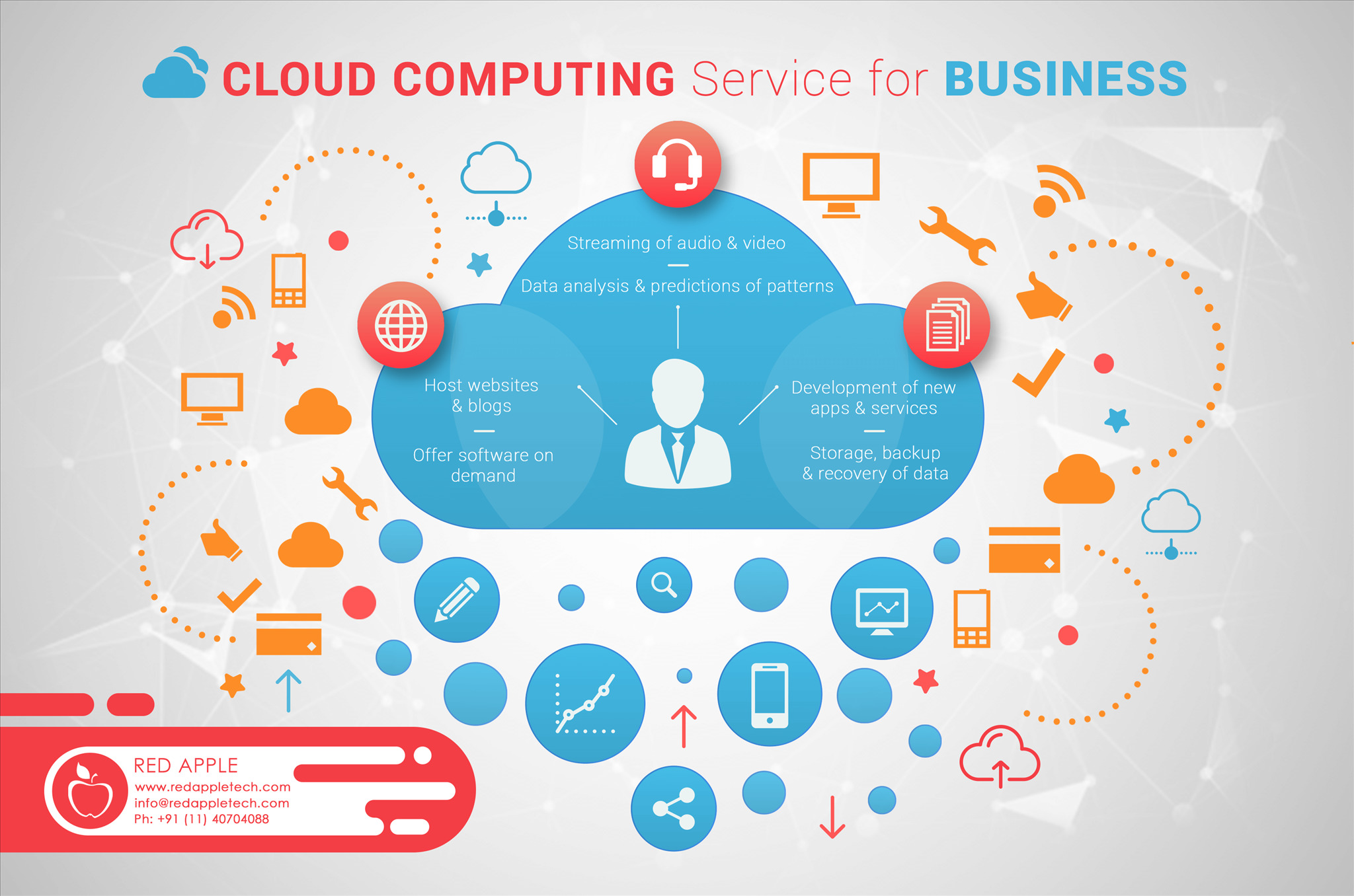Necessary Tips for LinkDaddy Cloud Services: Enhancing Your Universal Cloud Service Strategy
Wiki Article
Simplify Your Framework With Cloud Provider
As organizations browse the ever-evolving landscape of technology and information management, the role of cloud solutions in streamlining framework has come to be progressively popular. Exactly how can businesses effectively navigate this transition and genuinely unlock the possibility of cloud services for simplifying their facilities?Advantages of Cloud Services
Cloud solutions use a structured approach to managing IT infrastructure, providing companies with flexibility, scalability, and cost-efficiency. Among the crucial benefits of cloud services is the scalability they offer. Companies can easily scale their sources up or down based upon demand, guaranteeing they just pay for what they use. This flexibility is especially advantageous for businesses with rising and fall demands or those experiencing growth.Additionally, cloud services get rid of the need for companies to buy costly software and hardware. This cost-efficiency is a significant advantage, specifically for tiny to medium-sized business seeking to minimize upfront expenses. By utilizing cloud solutions, companies can access high-quality IT sources without the substantial cost related to standard framework setups.
In addition, cloud services supply services with the versatility to access their information and applications from anywhere with an internet link. This degree of accessibility enhances collaboration amongst groups, allows remote job, and boosts total performance. The versatility supplied by cloud solutions equips organizations to adjust rapidly to transforming market conditions and consumer demands.
Price Cost Savings and Scalability
In addition to the functional advantages highlighted earlier, the integration of cloud solutions into a company's infrastructure yields considerable expense savings and enhanced scalability. Cloud solutions use a pay-as-you-go design, permitting businesses to range sources up or down based on present demands, therefore staying clear of the expenses associated with preserving excess capacity. This flexibility makes it possible for firms to adjust quickly to rising and fall needs without incurring unnecessary expenditures.In addition, cloud solutions get rid of the requirement for upfront financial investments in software and hardware, decreasing funding expenses. Operating costs are also decreased as business no much longer need to manage and keep physical servers, causing reduced energy intake and IT staffing costs. Additionally, cloud services supply automatic updates and maintenance, guaranteeing that the infrastructure remains secure and up-to-date without calling for hands-on treatments.
Improved Security Steps
Implementing strict protection measures is paramount when integrating cloud services right into a business's facilities to guarantee and guard sensitive data conformity with market regulations. Cloud service companies offer enhanced safety and security functions such as data security, firewall defense, and multi-factor authentication to reduce cybersecurity dangers.In addition, routine safety audits and conformity evaluations help recognize susceptabilities and ensure adherence to market requirements. Firms can likewise take advantage of features like automatic security updates universal cloud Service and real-time threat tracking offered by cloud provider. By prioritizing security actions and staying positive in attending to prospective threats, organizations can with confidence leverage cloud solutions while protecting their important information from unapproved access or violations.
Transitioning to Cloud Facilities
To successfully incorporate cloud services into a business's framework, a structured method that deals with the shift in the direction of cloud-based options is crucial. Transitioning to shadow facilities entails careful preparation and implementation to guarantee a smooth movement process - linkdaddy cloud services.Once the assessment is full, a migration method need to be established. This method ought to outline the timeline, sources, and responsibilities for relocating each part to the cloud. It is vital to connect this strategy clearly to all stakeholders to make sure alignment and reduce interruptions throughout the transition.
Throughout the movement screening, procedure and tracking are critical to determine and address any type of concerns quickly. Normal checkpoints need to be established to track development and make necessary changes. In addition, training for employees on making use of cloud solutions must be offered to guarantee an effective transition and make the most of the advantages of the new infrastructure.
Best Practices for Cloud Adoption
Effective fostering of cloud solutions rests on the critical alignment of company purposes with technological capabilities and business preparedness. To ensure a smooth transition to the cloud, organizations must start by conducting a comprehensive assessment of their current infrastructure and determining which workloads are best matched for cloud migration. It is critical to include vital stakeholders from various departments in the decision-making procedure to get buy-in and resolve any type of concerns early.One more finest practice for cloud adoption is to focus on protection and conformity. Organizations needs to meticulously evaluate the safety and security procedures offered by cloud service providers and make certain that their data is protected according to sector criteria and regulatory needs. Carrying out robust data security, access controls, and routine security audits can aid minimize dangers linked with cloud adoption.

Conclusion

As organizations browse the ever-evolving landscape of innovation and information administration, the duty of cloud services in streamlining facilities has actually ended up being significantly popular - linkdaddy cloud services press release. How can organizations properly navigate this change and absolutely open the capacity of cloud solutions for streamlining their facilities?
Cloud services offer a streamlined strategy to managing IT infrastructure, supplying organizations with scalability, cost-efficiency, and adaptability. By utilizing cloud services, organizations can access top notch IT sources without the substantial rate tag connected with traditional framework arrangements.
To make certain a smooth transition to the cloud, organizations need to begin by performing a thorough assessment of their existing facilities and identifying which work are best fit for cloud movement.
Report this wiki page